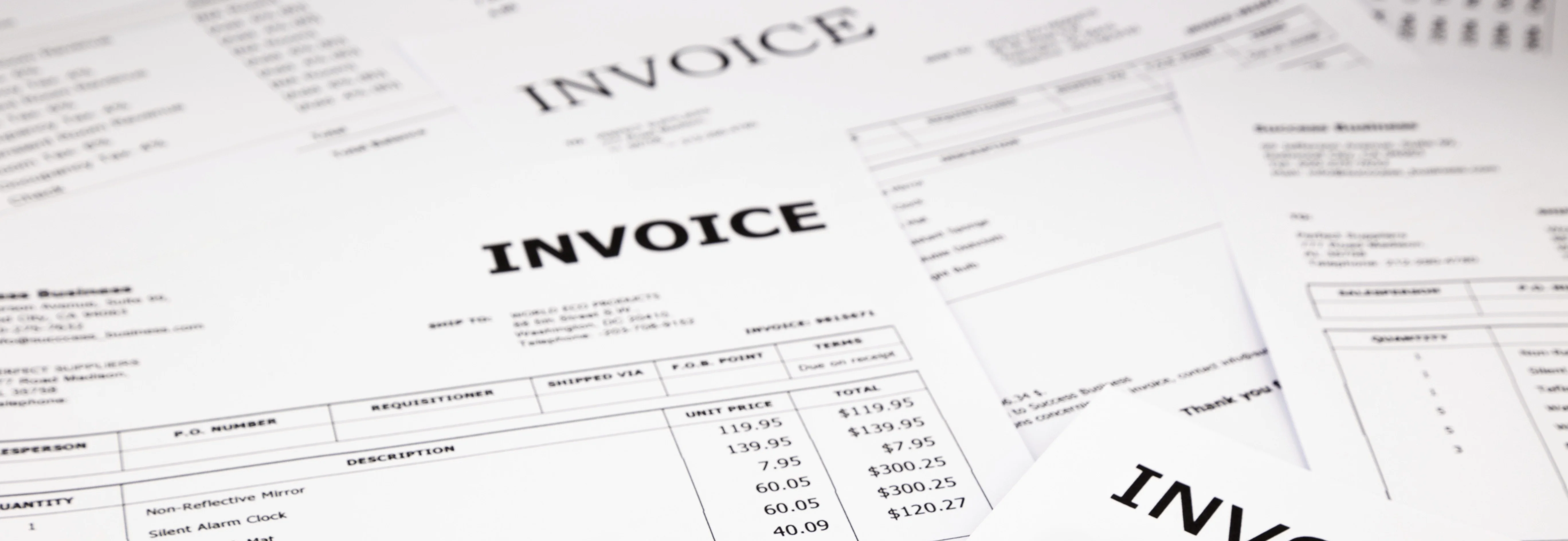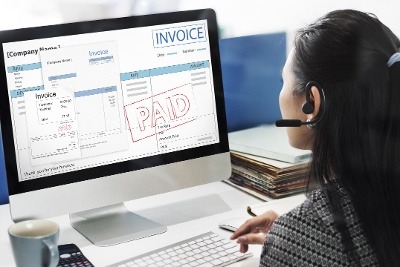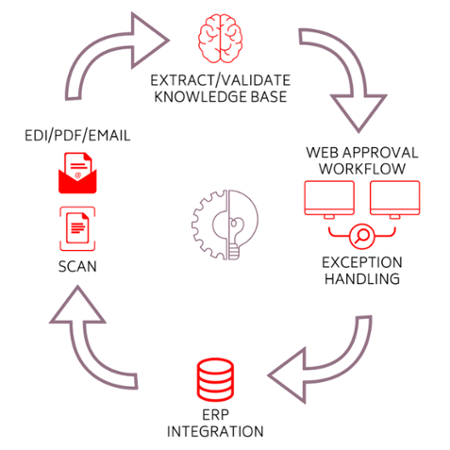
Streamline Your Invoicing Process with Invoice Automation
Process Management
Learn how invoice automation software can transform your invoicing process and offer multiple advantages to your business.
The Importance of Invoicing Automation for Businesses
Invoicing is a vital component of any business, yet it often becomes a labor-intensive and error-prone task. Manual invoicing processes are susceptible to human mistakes, such as incorrect data entry or miscalculations, which can result in payment delays and customer dissatisfaction. By adopting invoice automation software, businesses can eliminate these errors and streamline their invoicing operations.
Invoice automation software handles the creation, delivery, and tracking of invoices automatically. It removes the need for manual data entry and calculations, thereby minimising the risk of errors. This automation also accelerates the invoicing process, enabling businesses to send invoices promptly and enhance cash flow.
Additionally, invoicing automation software includes features like automatic invoice scheduling and reminders, ensuring that invoices are dispatched on time and payments are received without delay. This reduces the necessity for manual follow-ups and boosts overall efficiency.
In summary, invoicing automation is essential for businesses as it saves time, reduces errors, improves cash flow, and enhances customer satisfaction.
The Benefits of Invoice Automation Software
Advantages of Invoice Automation SoftwareInvoice automation software brings numerous advantages to businesses. Primarily, it cuts down payment costs by removing manual tasks and the need for extensive paperwork, leading to substantial savings that can be redirected to other critical business areas.
Moreover, this software accelerates payment processing. By automating invoice approval and payment procedures, businesses can ensure timely payments, thus avoiding late fees and fostering strong supplier relationships.
Additionally, invoice automation software enhances governance and control over the payment process. It provides businesses with a clear view of payment activities, minimizing the risk of fraud and ensuring adherence to financial regulations.
In summary, the advantages of invoice automation software include cost savings, increased efficiency, and improved control over the invoicing process.
Key Features to Consider in Invoice Automation Software
When selecting invoice automation software, it's crucial to evaluate specific essential features. Firstly, the software should be capable of automatically capturing invoice data from various sources, such as EDI, XML, email attachments or scanned documents. This feature eliminates manual data entry, saving time and minimising errors.
Furthermore, the software should possess advanced invoice-matching capabilities, allowing it to automatically align invoices with purchase orders and receipts, ensuring accuracy and preventing duplicate payments.
Another critical feature is the ability to integrate seamlessly with existing accounting systems. The software should work smoothly with the company's ERP or accounting software, facilitating effortless data transfer and synchronization.
Finally, robust reporting and analytics capabilities are essential. These features enable businesses to gain insights into their invoicing process, identify areas for improvement, and monitor key performance indicators.
By considering these essential features, businesses can select invoice automation software that best meets their needs and maximises benefits.
Implementing Invoice Automation Software: Best Practices
Successfully implementing invoice automation software demands meticulous planning and execution. Consider these best practices:
![]() Set clear objectives: Clearly outline the goals and objectives you aim to achieve before implementing the software. This clarity will guide the implementation process and help assess its success.
Set clear objectives: Clearly outline the goals and objectives you aim to achieve before implementing the software. This clarity will guide the implementation process and help assess its success.
![]() Engage relevant stakeholders: Include key stakeholders, such as finance and IT teams, in the decision-making process. Their involvement and support are vital for a successful implementation.
Engage relevant stakeholders: Include key stakeholders, such as finance and IT teams, in the decision-making process. Their involvement and support are vital for a successful implementation.
![]() Conduct comprehensive research: Investigate various invoice automation software providers, comparing their features, pricing, and customer feedback. This research will enable you to make an informed choice and select the most suitable software for your business.
Conduct comprehensive research: Investigate various invoice automation software providers, comparing their features, pricing, and customer feedback. This research will enable you to make an informed choice and select the most suitable software for your business.
![]() Plan for training and support: Provide adequate training for employees who will use the software. Additionally, establish a support system to address any issues or questions that may arise during and after implementation.
Plan for training and support: Provide adequate training for employees who will use the software. Additionally, establish a support system to address any issues or questions that may arise during and after implementation.
![]() Monitor and evaluate: Regularly assess the software's performance and its impact on your invoicing process. Make necessary adjustments and improvements as required.
Monitor and evaluate: Regularly assess the software's performance and its impact on your invoicing process. Make necessary adjustments and improvements as required.
By adhering to these best practices, businesses can ensure a seamless implementation of invoice automation software and maximise its benefits.
Case Studies: Real-Life Examples of Successful Invoice Automation
Several companies have successfully implemented invoice automation software and achieved significant improvements in their invoicing process. Here are a few real-life examples:
1. Angel Trains
The invoice processing software Angel Trains had in place was reaching the end of its life - it was outdated and no longer supported by the provider. This prompted the search for an alternative.
See how Mi Invoices has helped them modernise their AP Processes.
2. Domino Printing
The invoice processing software Domino Printing had in place was outdated, invoices were taking hours to process, and the system was no longer being supported by the provider. This, coupled with old in-house servers that needed replacing meant they needed an improved invoice processing platform.
3. Schroders
Schroders had a previous invoicing system that no longer met their business needs and had also decided to upgrade their on-premise ERP from Oracle E-Business Suite to Oracle ERP Cloud (Fusion) globally.
Schroders required a global solution that validated invoices following complex localised processes and systems.
These case studies demonstrate the tangible benefits of invoice automation software and its potential to transform the invoicing process for businesses of all sizes and industries.









